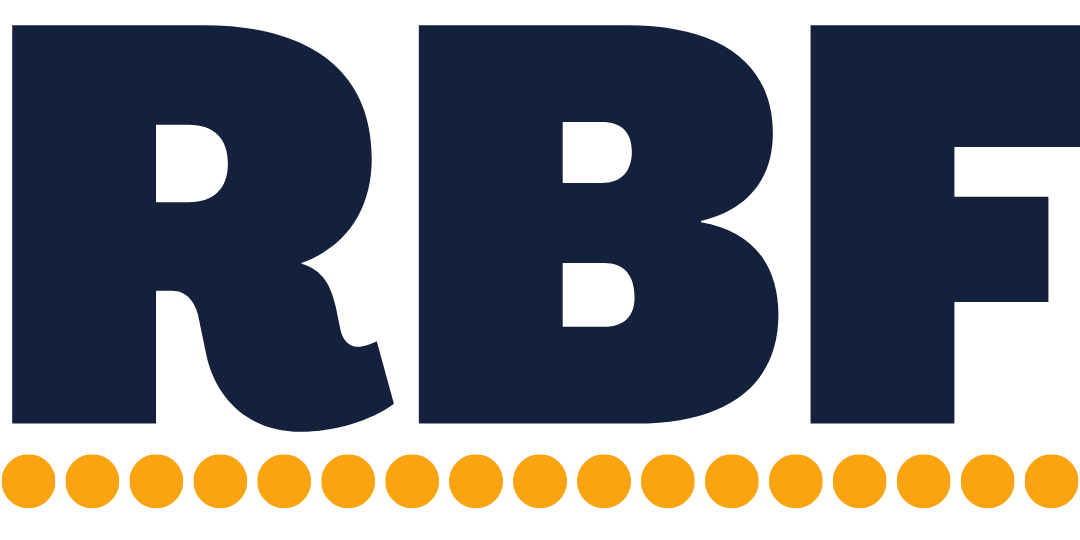Systemize your invoicing to prevent mistakes and improve your cash flow
But, the invoicing process itself and the actual act of sending invoices is usually treated like other admin tasks where there’s no real process, you reinvent the wheel each time, and you get to it whenever you have time or feel like it (that could be Thursday morning or Friday afternoon. Who knows! But, that small difference affects your cash flow). All those little mini variations in your process and leaving things up to some weak spreadsheet (or worse, memory) create inconsistencies and opportunities for mistakes. And, just like little improvements can add up to healthier cash flow, these inconsistencies and mistakes can create larger cash flow issues and just general unpredictability.
Assess your invoicing needs:
Centralize your resources:
Time block invoicing and follow-up:
Invoicing and follow-up are very important but tend to get bullied around by meetings and other higher priority work because invoicing can always be pushed off until later in the day (or even the next day). Instead of leaving invoicing tasks with a simple due date in your project management software or a reminder on your to-do list, time block a recurring hour for invoicing and follow-up on your calendar. No more meetings getting in the way. Or, doing invoicing after all the high-priority tasks. Invoicing now gets done on time.
Be mindful and look for improvements:
Building processes is a process. It’s very difficult to sit down and think through every single step when you aren’t actively doing the task. Next time you invoice, reflect on what parts are wildly inconvenient and how you can fix that.
For example,
- If you’re tripping over the math, check if the invoicing software can handle it for you. Try typing in 4*5 (eg, 4 5hr days) into the quantity field. Some software will calculate it for you.
- If you’re constantly reentering the same info, try templating it in the software. You can template just about everything, including the invoice layout, payment terms, client info, follow-up emails, etc.
- If you’re always digging for timesheets (because, for some reason, there’s always 10 ambiguously named timesheets to choose from), bookmark the specific timesheet and write down the exact name in your invoicing instructions.
It doesn’t need to be fancy:
At the end of the day, you’re running a small business. You don’t need a crazy big business finance department-style invoicing process or exhaustive standard operating procedures (SOPs). You just need to remove mistakes and variances. Your invoicing checklist, links to all the resources you need (eg, timesheets, client contracts, etc), and notes to future you can be kept in something as simple as a Google Doc. Or, you can make it as complicated as a recurring task list in your project management software. But, the important part is creating invoicing consistency.
Action Item:
Time block invoicing and follow-up time on your calendar. And, include a link to your invoicing notes in the event description for easy access.
If you don’t know when to time block, consider Tuesdays at 10am for weekly invoicing. Or, every 25th (for invoicing) and 5th (for followup) for monthly invoicing.
💪 What we do at Resting Business Face 😤
🚀 Finance Partner: Forecast the next 12+ months, improve your cash flow, and work closely with yours truly.
🤓 Hands-off Consulting: Annual forecasting and quarterly calls when you need just a touch of guidance.
🏛️ Tax Essentials: Taxes, accounting, and payroll to keep your business on the IRS's good side.
